Early in the summer of 2018, a nonprofit few Nebraskans have heard of bought a 22,613-acre chunk of land in Garden County.
The next year, the nonprofit, tied to a P.O. Box in Salt Lake City, picked up another 3,331 acres of county land, buying it from a Colorado investment company.
The unknown nonprofit grabbed two more pieces of county land on the same day in March 2020, adding 10,278 acres to its mushrooming total. Then, two years later, it added still more land in this rural Nebraska county tucked between Chimney Rock and Lake McConaughy.
Before anyone really knew it, the nonprofit owned most of northern Garden County.
Not even the assessor could calculate the nonprofit’s total acres, an employee in the Garden County Assessor’s Office said. The organization simply owns too many parcels, through too many sales, for county officials to comb through the records.
“You’ll have to ask Farmland Reserve Inc.,” she said politely before hanging up the phone.
Farmland Reserve Inc., a nonprofit owned by the Church of Jesus Christ of Latter-day Saints, commonly known as the Mormon church, has been quietly buying up ranch land in Nebraska’s Sandhills for the past three decades.
The Garden County shopping spree, coupled with more buys in four neighboring counties, made the church Nebraska’s top single buyer of land in the past five years.
The church bought a whopping 57,500 acres – double the amount of the second largest buyer– between 2018 and 2022, according to a Flatwater Free Press analysis of data gathered by a University of Nebraska-Lincoln College of Journalism and Mass Communications data journalism class.
The Mormon Church now owns about 370,000 total acres of zoned agricultural land in Nebraska. It could soon become Nebraska’s largest landowner – passing Ted Turner, who has famously long occupied that No. 1 spot – if church representatives continue to buy land at their current pace.
How much land is 370,000 acres? It’s almost exactly the total amount of land in Douglas and Sarpy counties combined.
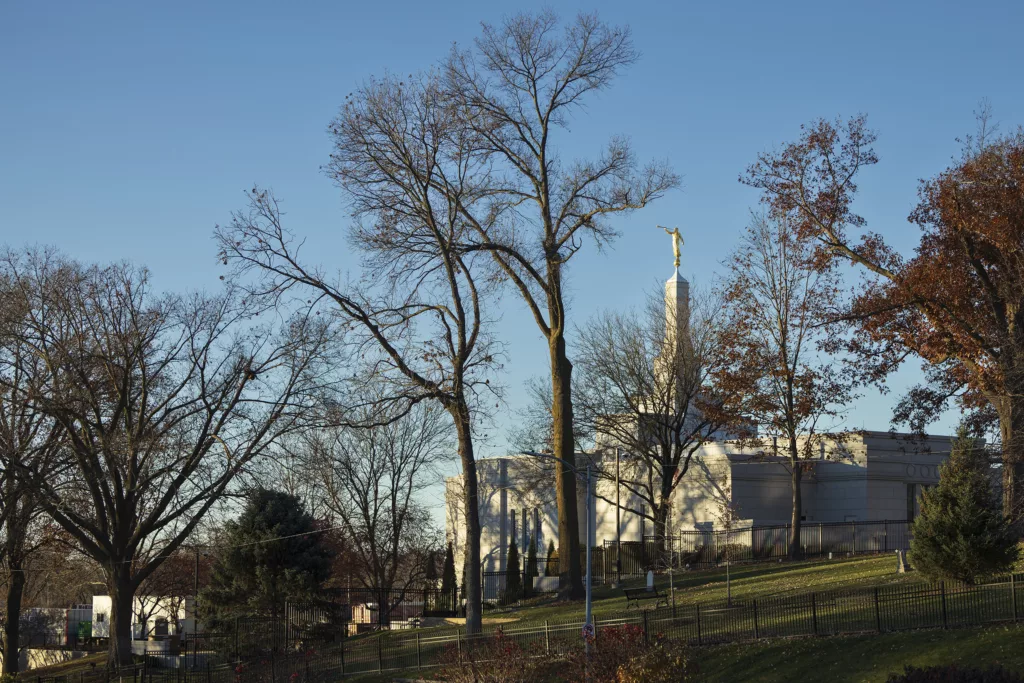
The church sees its land buys as a force for good, an investment in agriculture “to generate long-term value to support the Church’s religious, charitable, and humanitarian good works,” said a Farmland Reserve spokesman.
The nonprofit owned by the church also pays property taxes like any other ag producer in the state, and state and federal income taxes, too, the spokesman noted – though an unknown amount of revenue is given to the church itself, which doesn’t have to pay taxes on passive investments.
The Nebraska Farmers Union sees the church as another out-of-state corporation that arrives, drives up prices and makes buying harder for smaller farmers.
“All of the land that the Mormon church owns is land that individuals in Nebraska do not have the opportunity to own,” said John Hansen, president of the Nebraska Farmers Union.
Unlike other nonprofits in the U.S., religious organizations don’t have to publicly report their income or assets, including real estate. The church has never given a total accounting of their properties, in Nebraska or globally, while amassing a fortune exceeding $100 billion.
“Even for those of us who follow the church closely, we’re in the dark when it comes to specific church financial information,” said Patrick Mason, professor of Mormon history and culture at Utah State University.
But watchdog groups have made estimates by identifying church-owned companies, often through registered addresses.
An early 2020 nationwide analysis of real estate holdings connected to the Mormon church by Truth and Transparency found approximately 365,000 acres of land zoned for agriculture in Nebraska. The Flatwater Free Press analysis of county assessor records show that the church continued to add acres at a slower pace in 2021 and 2022.
Farmland Reserve Inc. confirmed that it is currently ranching on about 365,000 acres in the Sandhills. The church doesn’t plan to continue expanding its ranching operation, the spokesman said, but it may buy row crop land to lease to local farmers.
The Nebraska land is just one slice of the 1.7 million acres of American real estate the Mormon church is now estimated to own.
And that 1.7 million-acre total is most likely an undercount, said Truth and Transparency co-founder Ryan McKnight, because it only includes corporations definitively traced back to the church.
“They were able to go completely under the radar in terms of the largeness. Anecdotally people do think ‘Oh, the Mormon church, you know, owns a lot of land,’’ McKnight said. “I don’t know that people really have a grasp of how vast it is.”
Layers of church business
The Salt Lake Tribune estimates that the church’s investment holdings exceed $160 billion. Truth and Transparency’s co-founder, Ethan Gregory Dodge said he believes it owns at least another $100 billion in U.S. real estate.
Combined, the church’s estimated wealth equals the net worth of roughly two Warren Buffetts.
The church uses both nonprofit and for-profit subsidiary corporations to manage its business operations under a variety of names.
Historically, the church has had a sprawling and complicated corporate structure. Sam Brunson, professor of nonprofit tax law Loyola University Chicago School of Law and member of the church, said that as best he can tell, a description of the structure is not public anywhere.
“The church is remarkably untransparent about its finances,” Brunson said.
The church likely originally purchased land in Nebraska through its nonprofit, Farmland Reserve Inc., to use a loophole in a Nebraska law that once banned for-profit corporations – but not nonprofits – from owning farmland in Nebraska, Brunson said.
Why did that law, Initiative 300, allow the Mormon church such an easy workaround?
“You can only slay so many dragons with one swing of the sword,” said Hansen, who helped put Initiative 300 into place.
Initiative 300 was ruled unconstitutional in 2007. By that point, the church had already purchased more than 200,000 acres of Nebraska ag land under Farmland Reserve Inc.
AgReserves Inc., a for-profit corporation also owned by the church, now manages ranches on Farmland Reserve land in Nebraska.
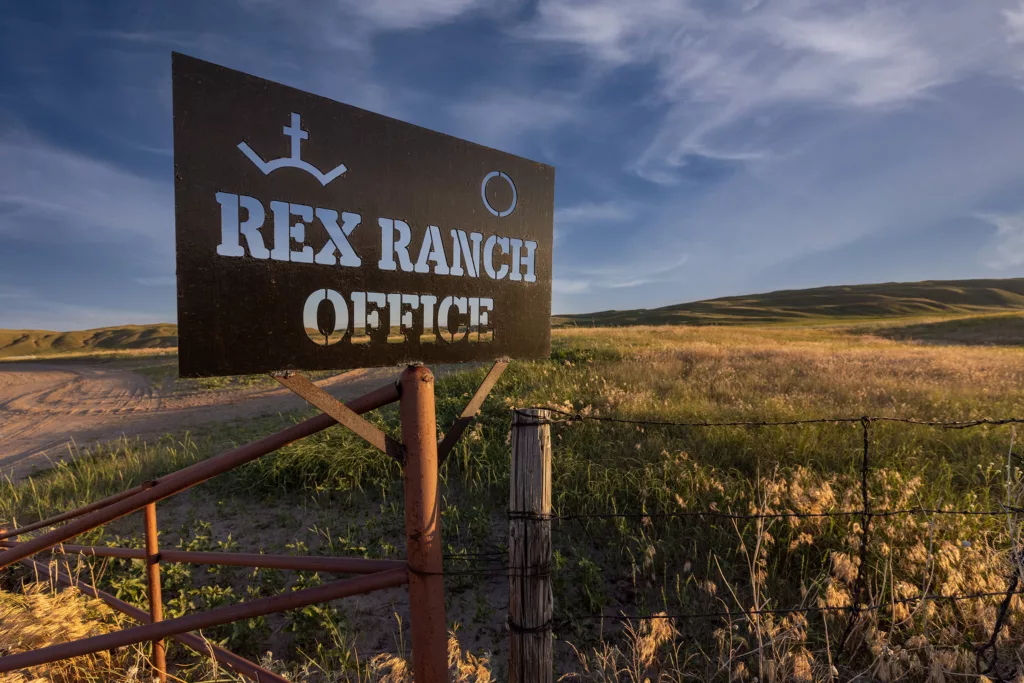
What are they doing with all of that land?
Rex Ranch, AgReserves’ sprawling 365,000-acre cow-calf operation, covers most of northern Garden County and stretches through the Sandhills into Grant, Hooker, Morrill and Sheridan counties.
Despite its unusual size, the ranch has gone largely unnoticed by Nebraskans in the 30-plus years it’s been owned by the church.
Hansen, for example, said he had heard rumors that the Mormon church owned “a lot of land in northwest Nebraska” but didn’t know about Rex Ranch – and had no idea that the Mormon church has bought more ag land than anyone in recent years.
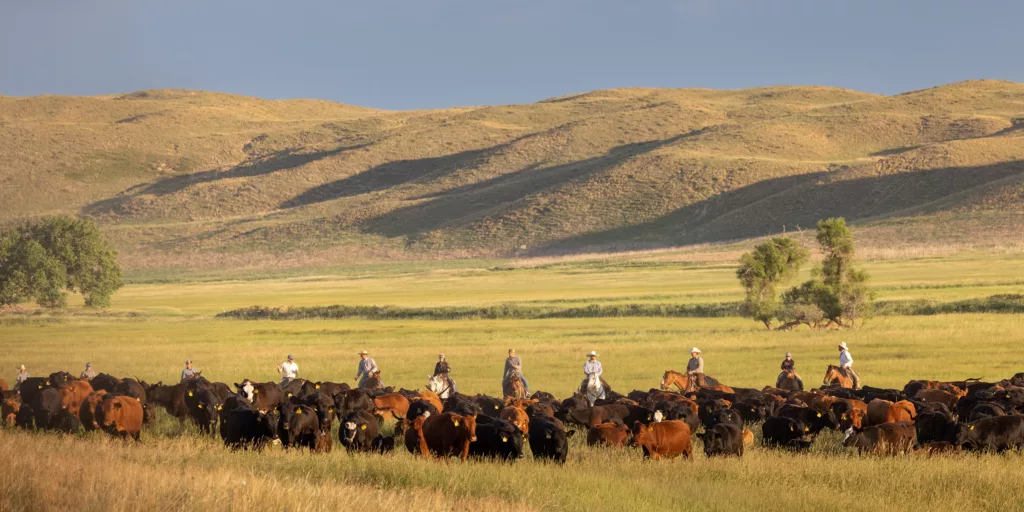
Dale Bills, a spokesman for Farmland Reserve, said that the Rex, and its employees, are very much a part of the local community. The Rex’s employees live on the land they work and regularly participate in the Nebraska Cattlemen’s Association and Nebraska Grazing Lands Coalition.
AgReserves hires ranch hands to work at Rex Ranch through public job postings. The church generally wants to be well integrated in the communities where it operates, said Mason, the Utah State University professor.
Farmland Reserve did not share specific details about staffing at Rex Ranch, but Mason said he would be “not at all surprised if all of the management are LDS (church members).”
Austin Anderson, Rex Ranch’s current general manager, previously worked at another AgReserves cattle ranch in Florida. His brother Tyrell, who attended the church’s Brigham Young University, manages Ted Turner’s Blue Creek Ranch nearby.
Rex Ranch sources more than 90% of its purchases for feed, tools, equipment, and other ranching inputs from local suppliers, Bills said. Employees also volunteer with local schools, nearby ranches, 4-H clubs and at county fairs.



[1] A Rex Ranch cowboy at the end of a workday. [2] A Rex Ranch employee putting out mineral feed supplement for cattle. [3] A Rex Ranch neighbor lends a helping hand sorting calves. A spokesman for the company tied to the Church of Jesus Christ of Latter-day Saints emphasized the ranch’s local and community ties. The beef raised on the ranch is either sent to a charitable grocery store for church members, or sold for profit on the open market. Photos by Carrie Ryan, courtesy of AgReserves
AgReserves also operates the more widely known Deseret Ranches of Florida, and is believed to be Florida’s largest private landowner. Other operations span more than 30 states, Argentina, Brazil, Canada, Chile, Mexico and the United Kingdom.
Produce and meat from the church’s various farms go in two directions, Brunson said: to a charitable grocery store for church members called the Bishop’s Storehouse, or to the open market where they’re sold for profit.
Members of the church can access food assistance at the Bishop’s Storehouse, but members of the public must get permission from the individual presiding bishop to receive food.
“The church’s sort of cascading PR message that they would give out on why they own so much farmland is ‘Oh, it’s about our principle of self-sufficiency,’” said Truth and Transparency’s McKnight.
AgReserves primarily sells products in the U.S. and abroad. On its website, it describes itself as “a preeminent supplier of premium-quality nuts and olive oil” and “meeting the demand of today’s beef consumers.”
So does the church pay taxes?
The short answer: Yes. Sort of.
The church’s agriculture businesses pay both income and property taxes, though the structure is complicated.
“We pay both real property taxes and personal property taxes … just like any other ag producer or rancher,” said Bills, spokesman for Farmland Reserve.
In Nebraska, the structure of corporations seems to work like this: the Church of Jesus Christ of Latter-day Saints owns Farmland Reserve Inc., which owns the land ranched by AgReserves Inc.
When AgReserves Inc. makes profit ranching it pays income taxes like a normal company.
Then AgReserves pays rent to Farmland Reserve Inc, which pays tax on a portion of that income.
But AgReserves also sends an unknown amount of profits directly to the church. The church doesn’t pay income taxes on that money because it is considered passive investment income.
Religious organizations are exempt from paying property taxes on land used directly for their non-profit mission, Brunson said. The church’s properties that hold temples, for example, are not taxed.
But the church’s ag land isn’t eligible for that religious tax exemption since it’s a business run by a for-profit corporation. It’s paying property taxes on its ag land in all five Nebraska counties, county officials confirmed.
But there’s still a big difference between the Mormon church’s agricultural arm owning Nebraska ranch land versus a small rancher owning it, Hansen said.
“As they say, in real estate, location, location, location. In the case of agriculture, it’s ownership, ownership, ownership and ownership matters,” Hansen said. “Ownership creates different kinds of relationships with the land, and how the land is thought of and managed.”
The Nebraska Farmers Union opposes the church’s investment into farmland and ranch land, Hansen said, as it opposes all outside investor ownership of Nebraska ag land.
“We’re not going after the Mormon church specifically,” Hansen said. “We’d go after the Catholics or the Methodists if they were doing exactly the same thing.”
In fact, the Mormon church isn’t the only religious organization buying Nebraska land. Divine Word Missionaries Inc, the largest missionary order of the Catholic Church, also appears in the Flatwater Free Press’s Top 100 Buyers by Acre list at No. 93, having purchased 2,833 acres of Nebraska farmland in the past five years.
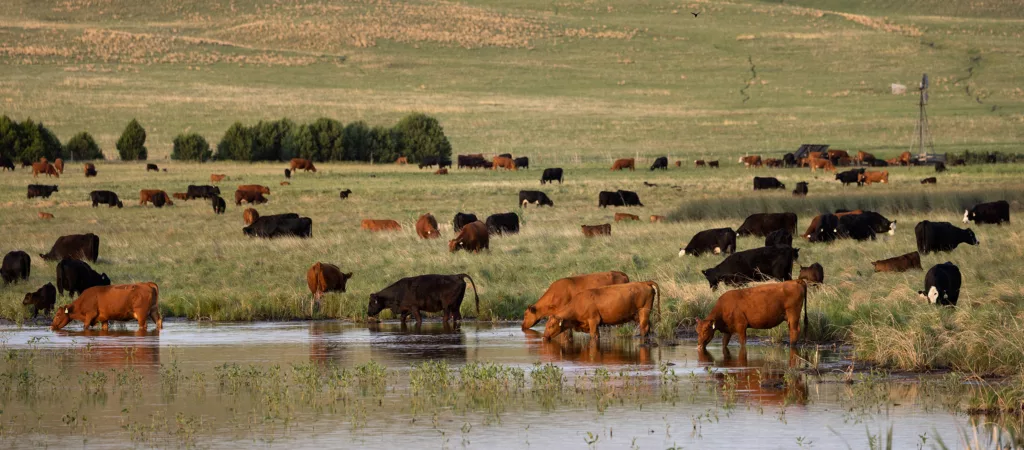
Why ranching?
Former church president Gordon B. Hinckley explained its farming plans in the 1991 State of the Church. “We have felt that good farms, over a long period, represent a safe investment where the assets of the Church may be preserved and enhanced, while at the same time they are available as an agricultural resource to feed people should there come a time of need,” Hinckley said.
The church’s focus on ranching comes down to two factors, a good economic investment and preparedness for upheaval, said Betsy Gaines Quammen, historian and author of “American Zion: Cliven Bundy, God and Public Lands in the West.”
Stockpiling food and resources to be prepared for upheaval before a religious event is a central part of Mormon theology, Quammen said.
“Mormons are really big on being prepared for a disaster,” said Dodge, who was raised Mormon. “They believe that before Christ comes, there’s going to be a lot of disasters … and they would advise their members to have a year’s worth of food storage. I still have six months worth.”
Farmers and ranchers were virtuous characters throughout Mormon history, Quammen said. There’s a mystique around working the land, and many members of the church view agriculture as a noble pursuit.
“The church has people with the expertise to run and manage ranches, because they’ve been doing it for a long time,” Brunson said.
Working the land was a form of worship for early Latter-day Saints, Mason said. They believed that God entrusted the Earth to humans to develop, and turning wilderness into productive land is a religious duty.
AgReserves also prioritizes sustainable management of resources, Bills said. Ranch managers work with the Nebraska Game and Parks Commission to monitor range health and protect wildlife habitat.
“We are unconditionally committed to the humane treatment and care of our cattle because it’s the right thing to do. Humane treatment of all animals on our ranch is a reflection of our level of humanity,” Bills said.
Land ownership is also a solid long-term investment strategy, Mason said. Church leadership is not bound to shareholders or quarterly reports, and they see returns in 50 years as just as important as the next five.
“Currently, we aren’t looking to expand our ranching operations,” Bills said. “Any future investment we may make in Nebraska would be row crop land for lease to local farmers.”
Over the past five years though, the church has continued to buy land at a higher rate than any other organization in Nebraska. Mason said he expects the church “won’t be stopping anytime soon.”
Flatwater Free Press reporter Yanqi Xu contributed to the data analysis tied to this story.
The series, “Who’s Buying Nebraska?” was made possible by a grant from the Center for Rural Strategies and Grist.
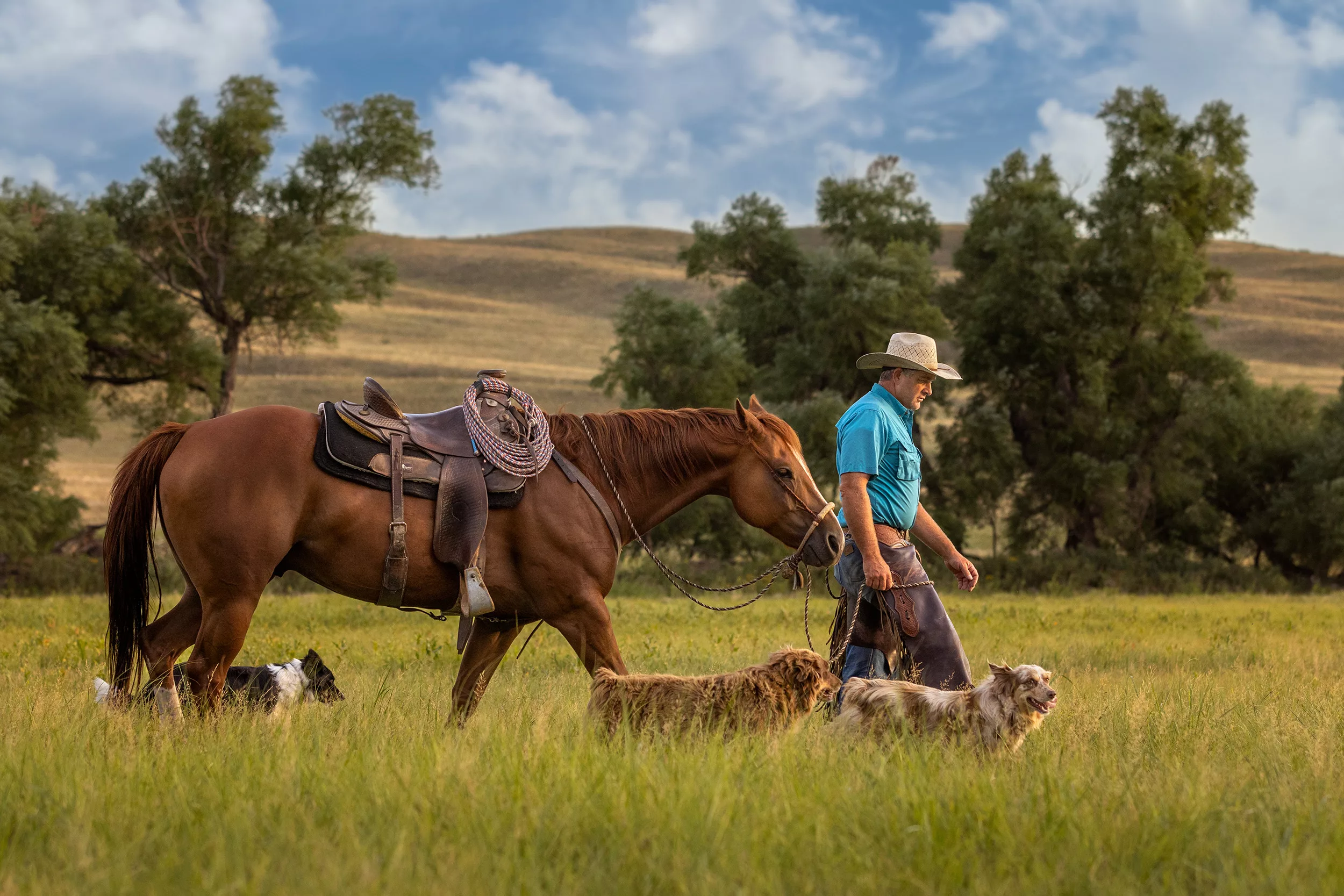
Who’s Buying Nebraska?
A Flatwater Free Press series is focused on the answer to that question, and diving deeper into the corporate farms, multinational corporations, famed billionaires and even a powerful church who are buying huge swaths of Nebraska farmland.
-
Three Nebraska tribes are done losing land. Now they’re buying.
Three Native tribes are rebuying back land that was once theirs, before the U.S. government took some and then desperation stole more. Getting it back isn’t cheap. Read this story »
COMING NEXT WEEK
Ted Turner has owned land in Nebraska for nearly 30 years. He’s helped to resurrect the bison population in the state and country. And he’s faced criticism, and now questions about what will happen with his land when he’s gone.




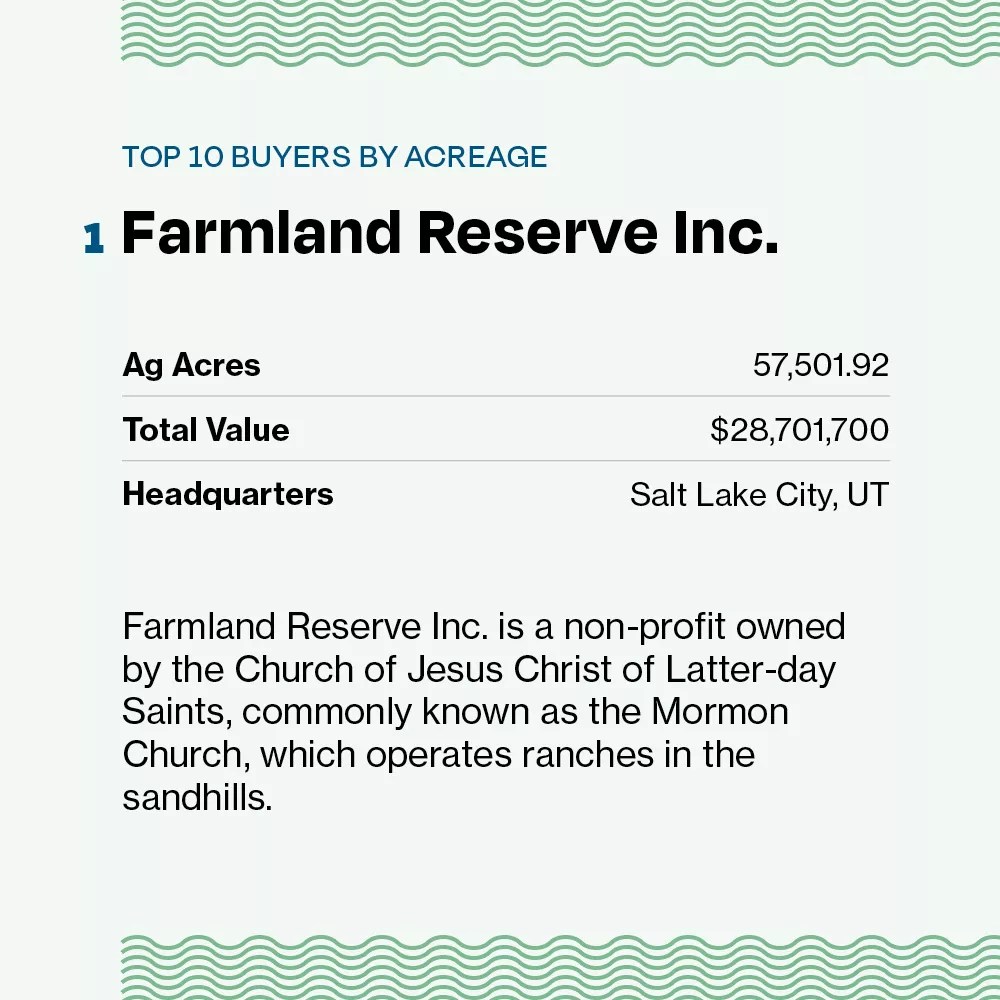
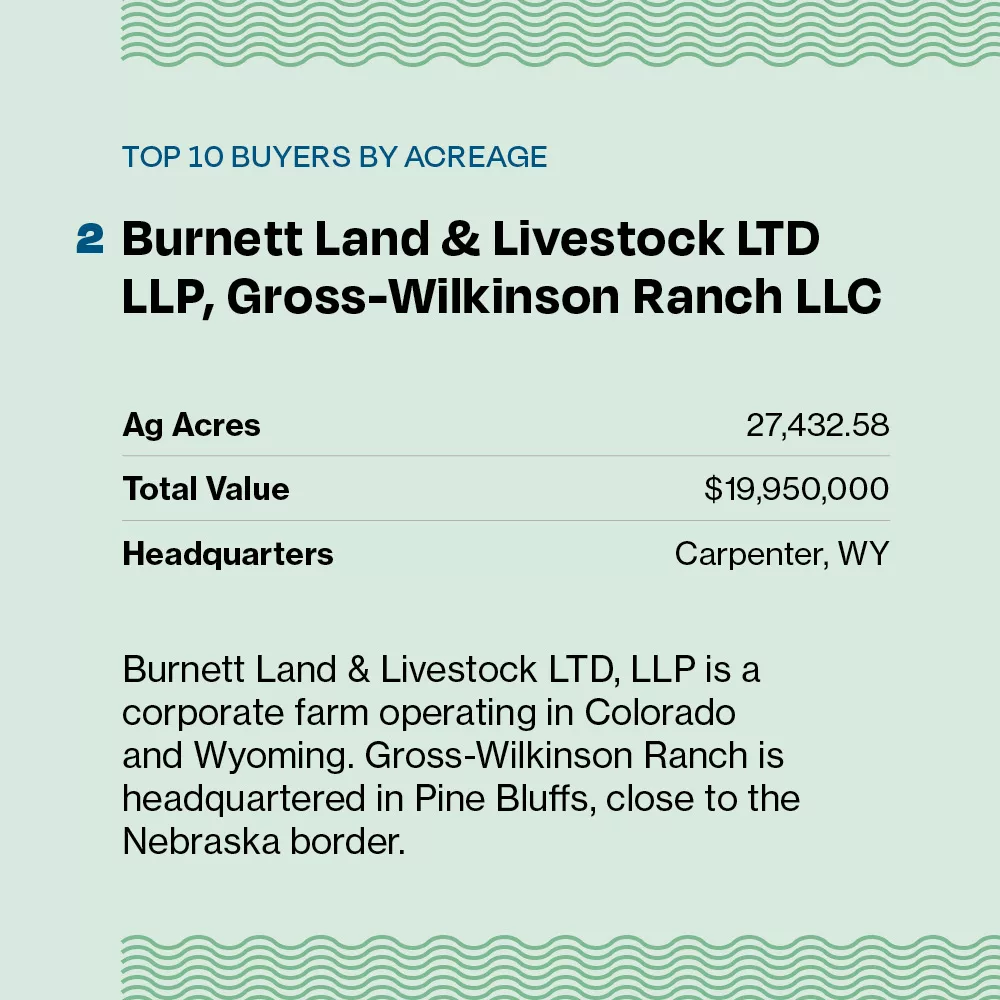
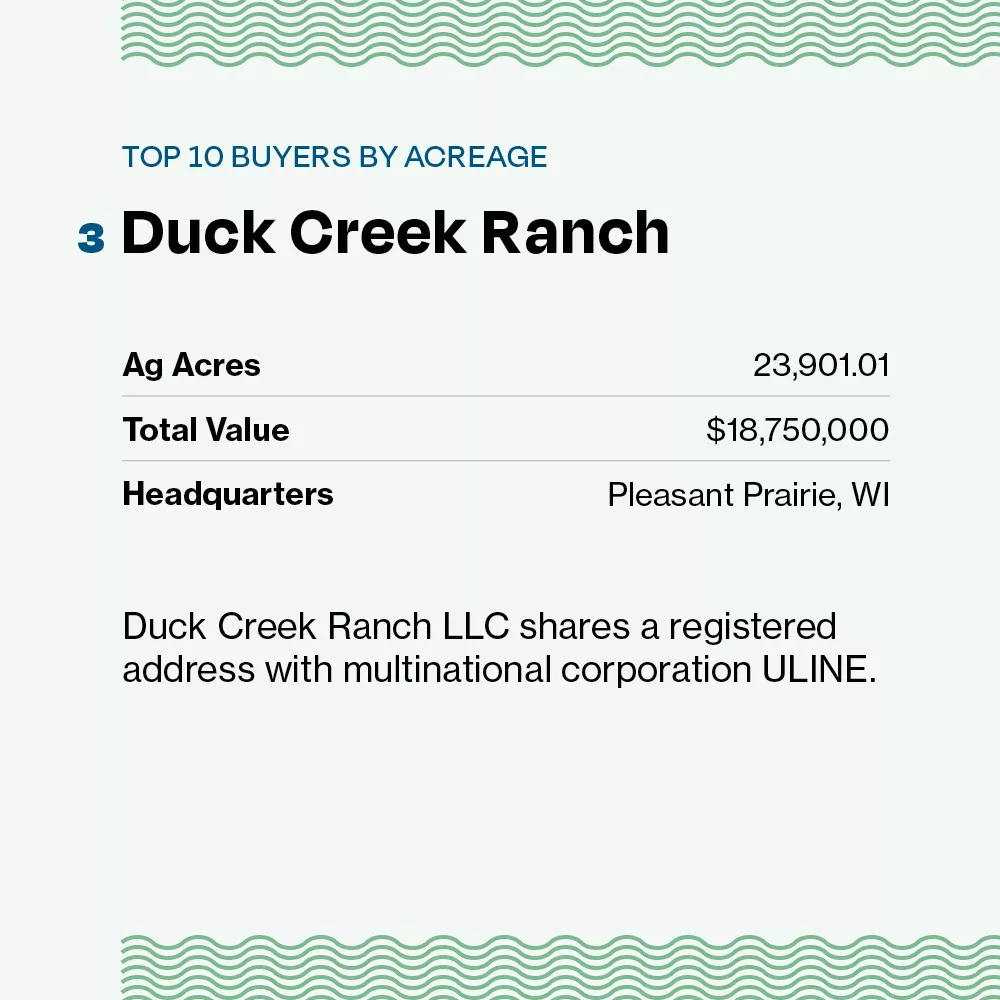
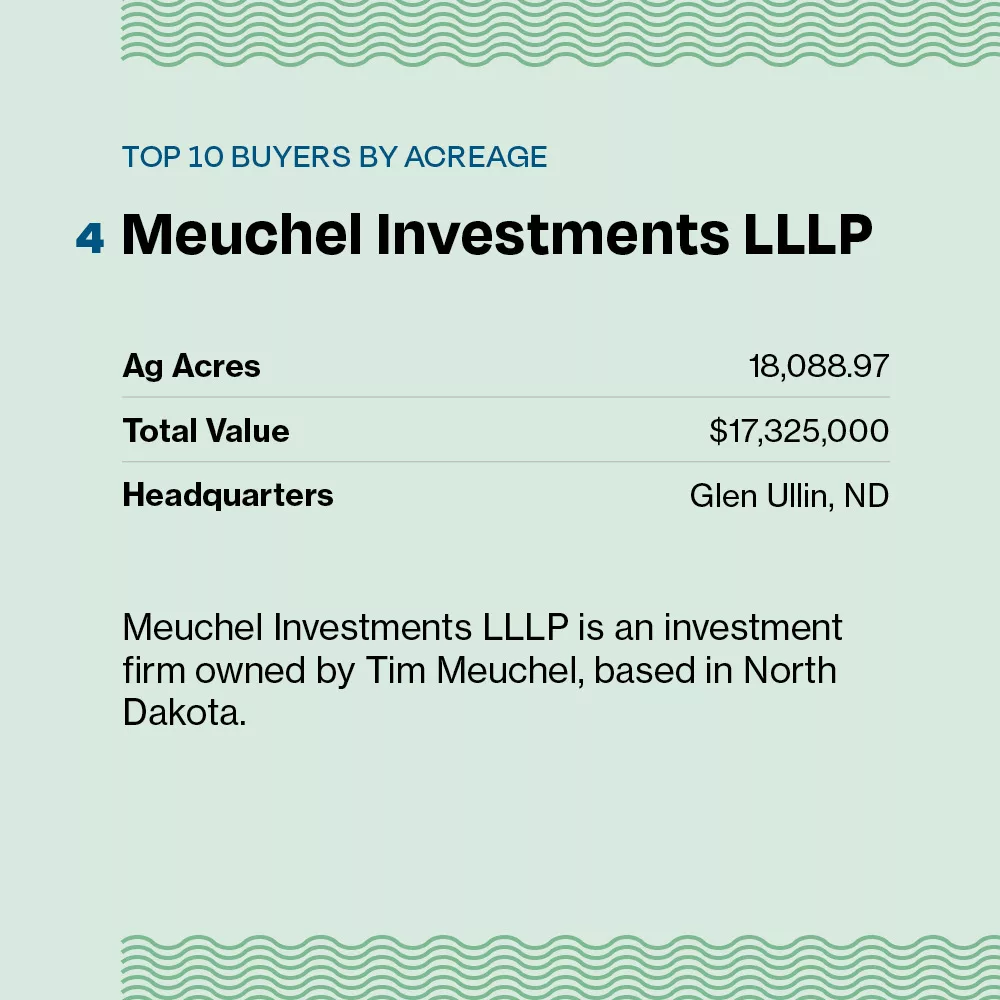
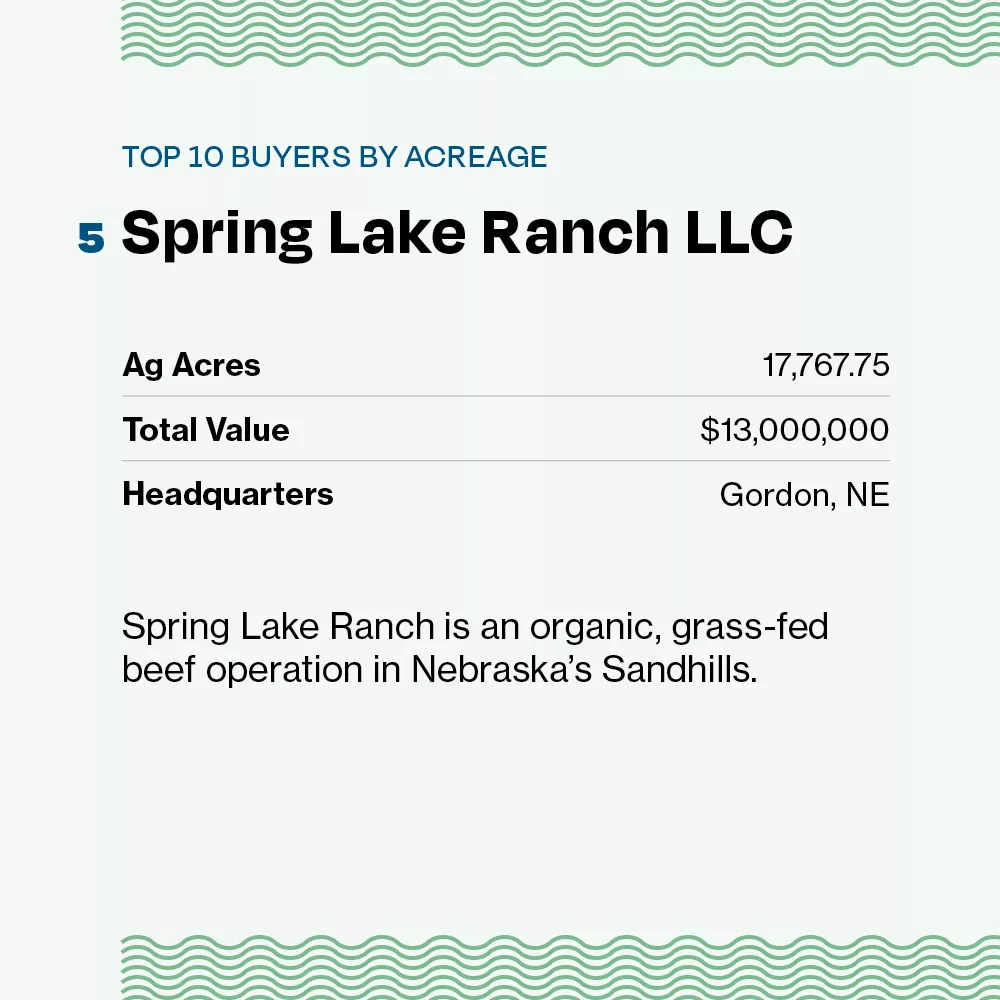


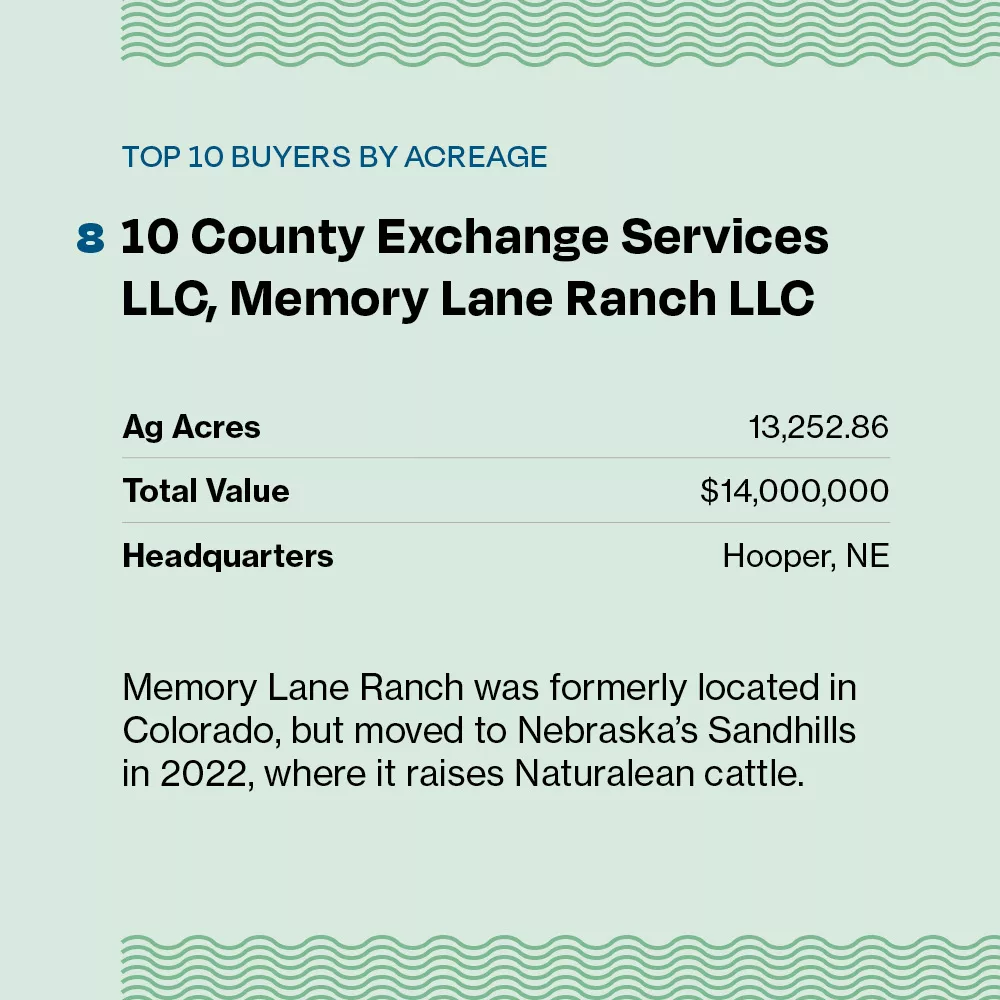
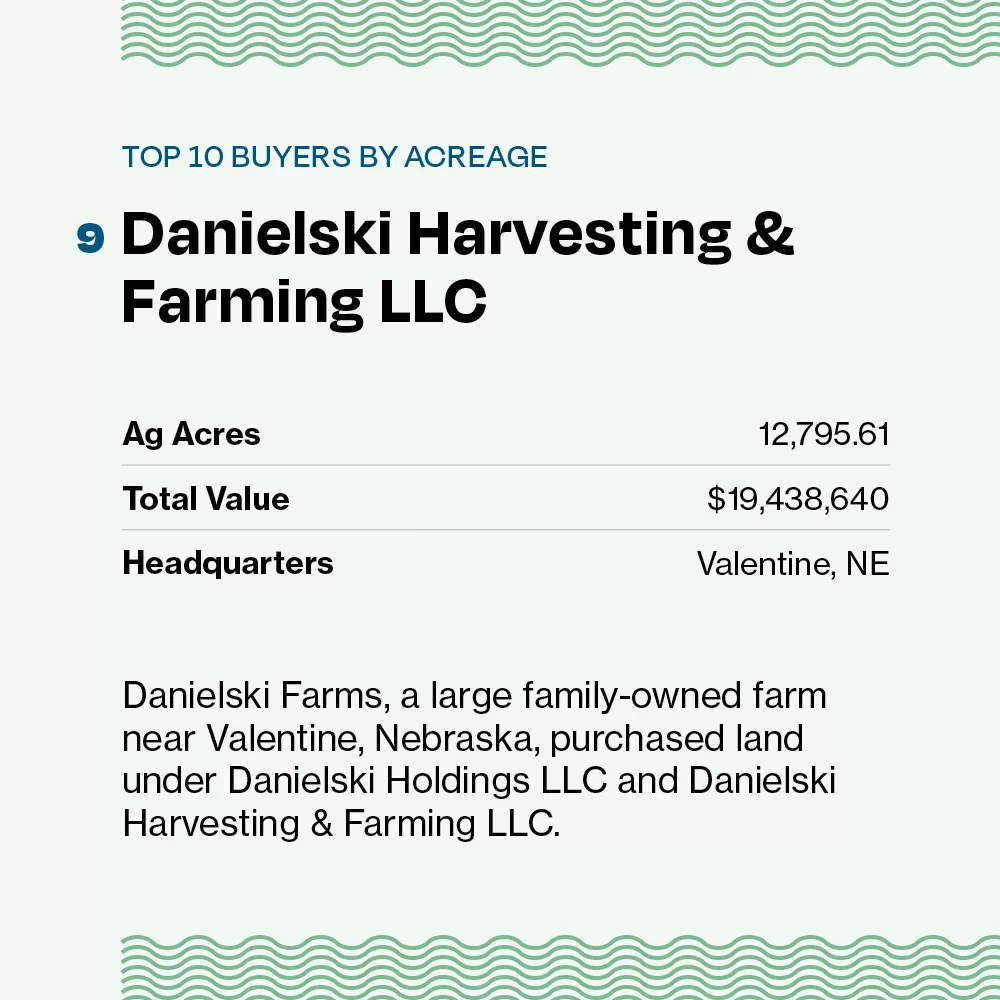

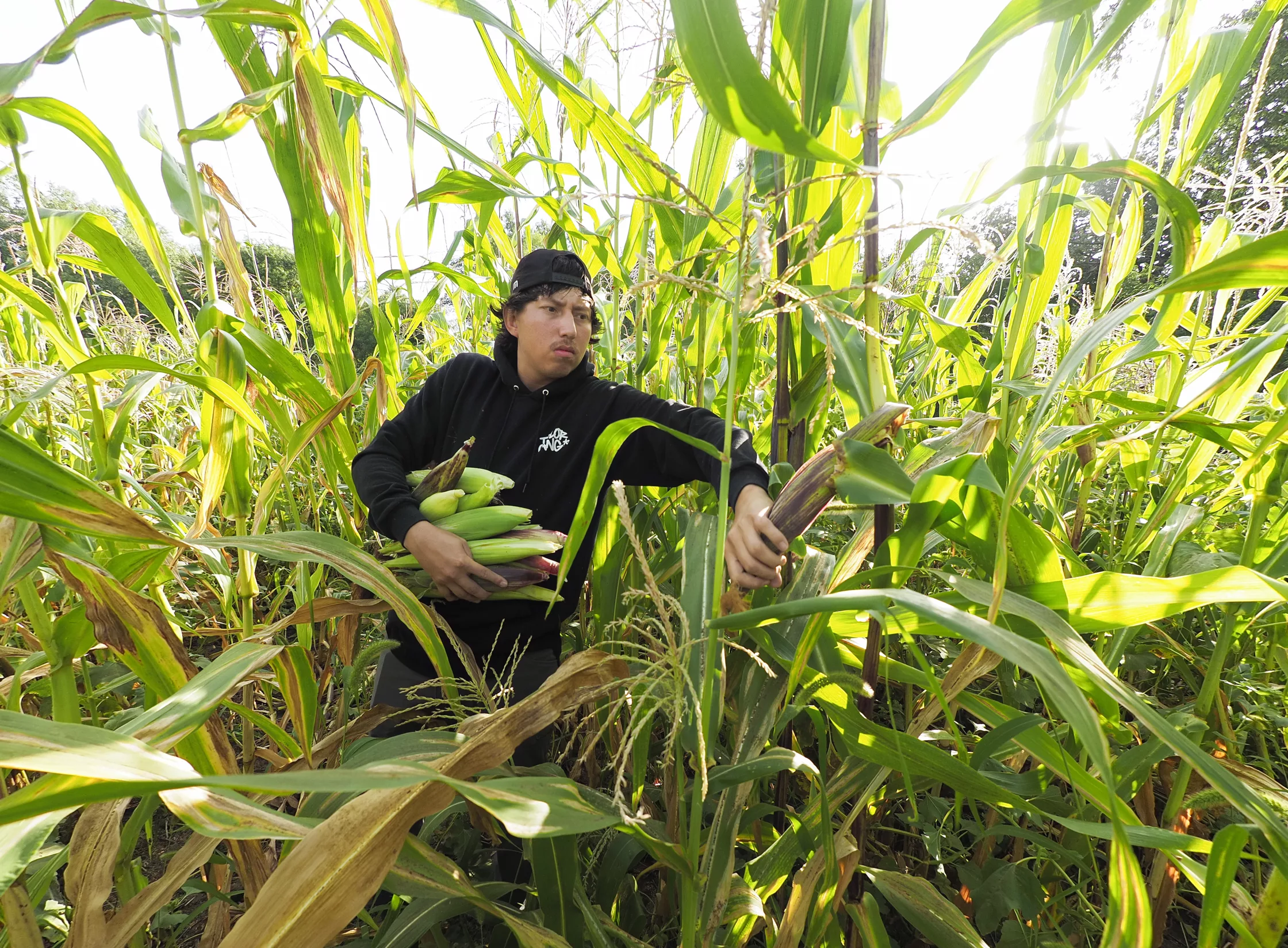


36 Comments
The Mormon Church is not the correct correct name of the church. It is not Mormon’s church. We are not Mormon. And to continue to use this name shows prejudice and contemptment.
Please refer to the conference talk given by President Russell M. Nelson, called The Correct Name of the Church – October 2018
https://www.churchofjesuschrist.org/study/general-conference/2018/10/the-correct-name-of-the-church?lang=eng
Thank you
It’s about time someone had a plane to help.
I appreciate your reporting.
I grew up a fifth-generation descendant of Pioneer ancestors who crossed the plains with a handcart. And a camel .
I grew up on a farm and you never really lose that relationship with the earth.
I officially left the Church twenty years ago but remain Mormon in many of my ways.
The Church seems to be becoming a better team player with the rest of the world and that’s a good thing.
Articles like yours keep it honest for everyone.
I hope you enjoyed the time you spent with the folks to report it.
Dear Destiny. I wonder if you would right this aticle the same way if it was any other church. You make it out as if the LDS church is secreting it away for clandestine or illegal venture. I can tell you the church uses non profit companies they own to provide better management with people who full time professionals in that field. If the land is for sale any one with the money can buy it. Yspeek of young families can’t buy it. Not many families starting out can afford it. After reading your article, you lack common sense or you just want stir up discontent and distrust for church and a religion. Oh yeah just look who shows first to bless lives when disasters strike. Irregardless what faith they profess. Happy Thankgiving.
At least it is not the Chinese Communist Party or the Saudis.
The official name of the church is The Church of Jesus Christ of Latter day Saints, not Mormons please.
Excellent reporting! It is astounding how much wealth the LDS church has amassed by investing the annual surplus of its members tithing donations. I cannot fathom why a church comprised of some 1-2% of Americans needs $260B in investment assets and US real estate, all while still requiring its members to tithe 10% of their annual income to maintain full membership privileges. That’s a fortune in excess of the GDP of New Zealand. Truly mind boggling.
A church doesn’t require tithing, God does. You can be a member without paying. I don’t know what “surplus tithing” is but that’s not and never has been how the Church funds its business.
Thank you for this reporting. As a Latter-day Saint in Australia, I am grateful for the Church’s prudence and wise stewardship of resources. I would point out that food supplies in the charity (i.e., non-profit) sector are also used by the Church worldwide for disaster and emergency relief. When I studied in America at Utah State University, our student congregation would spend one evening every quarter cutting, packing, and boxing 1,000kg of cheese for charitable purposes, all produced by a Church-owned dairy with heaps of volunteer labour.
Thank you for your article. I am a lifelong member of the church. I’ve seen many lives positively affected by the church’s ability to help during times of need. Both here in the US and abroad. I served as a bishop for five years and by and large, much of the help we provided was for people not actively participating in our faith or those who were not members. We didn’t ask for repayment. They weren’t required to be baptized or even active members. We just helped those in need. In the early years of our church, we faced a great deal of persecution and crushing financial debts. Both situations put us in unsafe territory. We learned lessons from those trials. Additionally, the Bible teaches there will be times of plenty and times of famine. The church is aiming to stay on solid ground. Over the decades, church leadership has wisely and intelligently invested its resources in assets so as not to be in a vulnerable position again and to be a force for good around the world. Our bishop’s storehouses quietly aid in devastating crisis’ worldwide. As a faith, we love the earth and ALL nations, kindreds, tongues, and people. The church is a responsible steward of the land and the exact opposite of a powerful, insatiable corporation. I’ve volunteered on church farms, granaries, and canneries many times throughout my life. This happens everyday throughout our church. It would seem an organization doing that much good around the world, being careful and wise stewards of the earth, all while building their financial stability would be seen as laudable and inspired. When I read articles like this they often read as exposés, uncovering the work of a quasi-sinister organization with ulterior motives. From someone who’s witnessed the incredible good AgReserves does for the church and people of all faiths or no faith, the reality is quite different. It is a benefit to humankind and in keeping with the church’s mission of spreading the Gospel of Jesus Christ to all people, even if that simply means helping them put food on their tables.
Great reply and synopsis to one of the missions and purposes of The Church of Jesus Christ of Latter-day Saints’ to help and serve the world in times of trouble and times of bounty, with service, as epitomized by our Savior Jesus Christ, “to love our neighbors as ourselves with charitable acts”.
This is also in line with Christ’s parable about the “Ten Talents” (Matthew 25:14-30) of what to do with what you are given as a blessing from God… it’s best not to “bury your talent”, but much better to magnify it, wisely and prudently, for the benefit of all.
Rather than park it’s savings in bank accounts that earn little interest, or in major equity investments the way publishing c pension funds do, the Church of Jesus Christ of Latter-day Saints invests in land-based income producing properties that help to pay for building and maintaining chapels around the world. With a church that is growing in membership by a million new members every three years, the Church has to build a new Sunday worship chapel every week. Many churches and charitable organizations like the Salvation Army maintain food banks to help people in need. Just so, the CJCLDS goes a step further and it grows and processes basic foods to feed its members who are in need. There are farms in Washington State that grow corn, wheat and potatoes. The Church farms provide food that is distributed at no charge to needy members. The Church also donates a lot of food to food banks and other non-profits, and a lot of food is stored so it can be supplied for disaster relief around the world. Part of the food production is sold on the open market to help cover the cost of operating farms and ranches, including paying the workers who do farm and ranch labor full time. Church members also donate time and labor. Essentially, instead of just buying food to feed the hungry, the CJCLDS grows much of the food needed. Any residual income does not go to any ecclesiastical leader. Unlike most other denominations, there is no system of paid clergy in the CJCLDS. All local and regional pastors are unpaid part time volunteers who support their families with regular jobs, from farmer to doctor to lawyer to engineer to auto mechanic, etc. The top hundred full time worldwide leaders are paid a salary like a Federal government civil servant. They don’t get any stock profiting from Church assets. Nobody working in the Church gets rich. The bottom line is that the ultimate beneficiaries of Church owned ranches in Nebraska are poor people, unemployed or disabled, who get food to feed their families. If you think it would be better for the income from ranching to go into the private pockets of some individual farmers, instead of feeding the poor, I guess you are not big on the idea of Christian charity.
Thank you thank you. This was beautifully explained.
Well written and fact-based.
Constantly throughout your article, you keep referring to the church is the Mormon church. How disrespectful. He said the full name of the church then you said commonly known as the Mormon church. Would you say Asian Americans commonly known as Orientals? Just because people use that term analogy doesn’t mean it’s appropriate. you’re journalism is very negative.
I appreciate the balanced reporting on this issue. The Church of Jesus Christ of Latter-day Saints uses its resources to grow its ecclesiastical pursuits, of course, but ever since many members moved to Kirtland, Ohio in the 1830s, the mandate has been to care for the poor. I was a young married man who would not have made ends meet without the Bishop’s Storehouse, and it is programs like the one described here that allow their humanitarian relief all around the world. This includes as far away as Africa and Maui, and as close as the single mom down the street
I enjoyed this article to know we have wonderfully spiritual men, women and children genuinely tending to our earth. In your article “Ted Turner has owned land in Nebraska for nearly 30 years. He’s helped to resurrect the bison population in the state and country. And he’s faced criticism, and now questions about what will happen with his land when he’s gone.” It is ABSURDITY that Ted Turner would be criticized for resurrecting of the once Spiritually Slaughtered Bison that endured so much suffering at the hands of the immigrated Catholics “Churchs” minions and Jesuits in the United States to keep food from the native Americans whom would not convert to the Catholics WHOREDOMS. The Catholics Church is Abominable! It is their ATROCITIES committed that will never be forgotten. A SPIRIT KNOWS who had sewn the Rotten Seeds and continue to spoil the people and our Lands. I am not a Church L.D.S.
The people of MORMON have suffered at the hands of Catholics as long as the Natives “indians”. I am most Thankful this Thanksgiving Day, my favorite Holy Day, for your words allowing me to know we are truly blessed to have Latter Day Saints tending our Lands. This is the best news. Maybe Ted Turner will consider donating his land in the care and Trust to the Latter-day Saints? It is possible we all can Faithfully resurrect the WITE BUFFALO SPIRITUAL JOURNEY WITH THE WORLD? Regards, Rebekah Anne Taylor Rebekahannetaylor4@gmail.com 903-818-1168
Happy Thanksgiving Denton, Texas
If the Church of Jesus Christ of Latter Day Saints helps care for its members why hasn’t the church provided the members a way to buy directly from these farms as they know from the Word of Wisdom that food will be at risk due to mans ill will towards all humans? If we follow Jesus Christ, he always took care of people first. Farms in the church used to be widely advertised, you could work there, for future events in the case you might have a need for food and had no money to buy food you would have already have purchased your food needs by your previous work endeavours at these farms. I remember going to pick and process pecans and our work hours would be recorded. Sometimes people in our church need jobs, are the jobs on these church farms being offered to church members?
Your frequent use of Mormon church rather than The church of Jesus Christ of Latter-day Saints shows either a lack of respect for this church or laziness in writing.Five years ago they asked journalists to use the proper name of the church. When you see historically that “Mormon” was a derogatory name you realize that it is like using the “n” word.
I see in the comments that many are offended that the author mentioned “mormon church” in the article. The author clearly mentioned the most current or accurate name of the church in every reference made. Seems people are seeking was to be offended as a type of persecution complex. The term Mormon, in no way should ever be compared in terms to the N word. In many LDS conference talks by past prophet’s and apostles even as recently as Gordon B. Hinckley, the name Mormon was widely used and accepted. Even as recent as the “I am a Mormon “ video campaign series was The Mormon Church an acceptable name by everyone in the church, correct or not. Now suddenly there are those offended when any reference to Mormon is made. Better hold on to your saddle because there will be reference made to “the Mormon Church” likely as long as the 100 plus years when it wasn’t such an “Offensive” term. This was an excellent article that I am sure the residents of Nebraska would appreciate knowing.
Thank you.
Just had to come and thank you for the report to help counteract all the LDS piling on. And I will respect the request not to use “Mormon” but I’ll decline from writing out the entire name. And as a resident of Utah, I can completely support the assertion that “The Mormon church will have you believe that it’s a religion that dabbles in business, but the evidence clearly shows that they are a business dabbling in religion.”
Your article was interesting but not complete. The second part of your article needs to reveal what the Church of Jesus Christ of Latter-Day Saints has accomplished with their charitable contributions. As an example, check out this article showing charity my area.
https://www.ksby.com/news/local-news/in-your-community/paso-robles/a-good-giveaway-paso-robles-lds-church-sorts-24-pallets-of-donated-food-for-local-non-profits
The most telling part of the article is the last paragraph.
“ This was the second year of the event. In 2022, 180 semi-truckloads of donated food were delivered to communities in San Luis Obispo, Santa Barbara, Ventura and Los Angeles counties, totaling 7.2 million pounds of food.”
That is just 4 counties in California. Find out how much was donated across America. Find out how much was donated around the world. That would be a much more interesting article, and a fitting end to this article. Yes, I am proud to be a member.
Just want to push back against the number of folks who came only to comment about the use of the term “Mormon” to identify the church and how the current President of the Church of Jesus Christ of Latter-day Saints has requested that members and nonmembers alike not use the term.
Some of us are old enough to remember when members of the church were proud to be identified as Mormons. Some of us recall the extensive “I’m a Mormon” campaign that church leadership encouraged members to participate in as part of the missionary effort of the church. Some of us have lived our whole lives as a “Mormon” and are proud of their Mormon heritage. I find it asinine, frankly, when members go off about “Mormon” being a slur of some sort when not 6 years ago every member of the church used the term with pride. Y’all look silly. Just because he’s President doesn’t mean that y’all have to adopt Russell M. Nelson’s “gospel hobby” of being weirdly pedantic and embarrassingly allergic to the word “Mormon”—a word that followers of the Latter-day Saint restorationist movement have used with pride for generations.
Individual farmers have every chance as anyone else to buy farm land. Buying farm land and keeping it farm land doesn’t drive up prices. Buying farm land and putting McMansions on it does. I don’t see anything wrong with a church using funds to buy up farm land and use it as investments and humanitarian work. Better than what the country is doing by dragging it into further debt.
Follow the money, how much money is paid by farm subsidies for the ownership of this land? This is an outright extortion of all US citizens to the benefit of this religion representing less than 2% of the population hmmm and what is the political party they most closely associate with? Pretty darn sleazy.
Just to clarify, you should know that Farmland Reserve has voluntarily chosen not to accept USDA subsidies.
New should include about LDS aka Mirmonism & Church of Latter Day Saints, are covered in book “The Kingdom of the Cults” by Dr. Walter Martin
I would like to correct a misleading statement in your article. Members of the church and the general public alike go through their local bishop to gain access to the bishop’s store house. Members don’t just shop there. They only go in times of need with a food order from the bishop and/or relief society president. My family lived exclusively on BSH food stuffs for 2 years when my parents were unable to work. We would not have survived that time without the efforts of the bishopric and the relief society presidency to help feed our family. I am so grateful that that system exists to bless anyone who is hungry.
To those highly critical of the author’s use of the terms “Mormon” and “Mormon church,” please consider the following: The church for many years had a choir called the Mormon Tabernacle Choir and has used the term Mormon in many settings. Transitioning away from that is a long process. Also, consider that some of the author’s uses of the term Mormon are in direct quotations from sources. Although I agree that there are other instances where the author could have used the full and accurate name of the church, let us be fair and kind. Also, in criticizing others, at least be careful to spell the name of the church correctly, yourself. Note the capitalization, etc, in the name of the church: The Church of Jesus Christ of Latter-day Saints.
Great
Life Long Member. We follow the Prophet and we tithe as defined in Bible and Book of Mormon. Which means 10%. We also give offerings over and above the tithing; humanitarian aid, fast offerings, missionary service and much more. We don’t do it for the blessings but we are blessed. I have been a Bishop and it’s a tremendous opportunity to help those in need.
I like being a Mormon. I refer to the church as LDS and the members as saints,
I really enjoy and appreciate the work and reporting done by the Flatwater Free Press, but I’ve noticed that all of the articles in this series disregard the Style Guide that The Church of Jesus Christ of Latter-day Saints has easily available on it’s website. Just something to consider as this series gains traction.
https://newsroom.churchofjesuschrist.org/style-guide
The article somewhat glances over the fact that most of these purchases took place over 20 and 30 years ago.
So if you’re looking as to whom to blame for the recent skyrocketing of farm land, making it unattainable, it’s investment firms whose investment activities in farmland has exploded recently. Individually each may be dwarfed by the Mormon church, but combined, especially recently, their investments have increased 100 fold and far outpace that of the Mormon church. Also they do it not for sustainability, nor do their production go toward charitable purchases (the Mormon church does), but for the purposes of driving up land costs further as an investment.
You’re looking for the culprit in recent explosion of land costs, it’s there, not the Mormon church. It’s land investors who have said their efforts to do this will continue for the purpose of further driving up the cost of their existing holdings. Just like they’re doing in the housing market.
This is quite the astute observation and completely accurate. Short term speculators, as 90% of corporate buyers are, always want prices to be bid up quickly. They feed and cause the boom-bust cycles that price real estate out of the reach of families. Putting real estate into REITs, ostensibly to make it liquid and to enable the small investor to participate, has only served to bid up prices outside the reach of home buyers who must then rent from the REITs, and we all know what that does for the care of the homes in a community that lacks a high percentage of home owners that take pride in the home they own. The same happens when farms are operated by share croppers. They are looking to flip the property within a few years, pocket their profit, and move on. But when the LDS Church buys a property it’s for the long haul, as in generations. Very different.